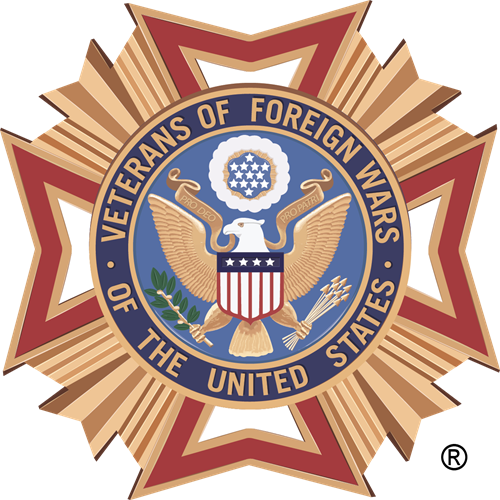Daylight Savings Time Saturday November 1st.

Daylight Saving Time in the United States.
DID YOU KNOW?
Early history
- World War I: Germany first adopted DST in 1916, and the US followed suit with the Standard Time Act of 1918, which introduced "war time" to save fuel.
- Unpopularity: The 1918 act was unpopular, especially with farmers, and was repealed over a presidential veto after the war. DST then became a local option, leading to a chaotic patchwork of different local observances.
World War II and beyond
- World War II: Year-round DST was reinstated in 1942 as a wartime measure. It was officially repealed in 1945, but the country returned to a system where local jurisdictions chose whether and when to observe DST.
- Patchwork system: From 1945 to 1966, there was no federal law on DST, resulting in confusion. For example, a 1965 study found that in some states, cities observed DST on different dates, while others did not observe it at all.
Modern era
- Uniform Time Act of 1966: Congress passed the Uniform Time Act to standardize the practice. It set the start and end dates for DST but still allowed states to opt out.

By Joe Henebury
•
September 17, 2025
Gulf War Veterans Continue to Experience Cognitive Effects of Toxic Chemical Exposures A new analysis provides comprehensive evidence that these cognitive decrements were associated with specific exposures to chemical weapons, pesticides, anti-nerve gas pills, and oil well fires during the war.




